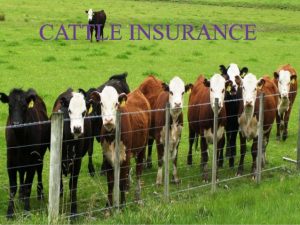
AI-based digital insurance for cows and buffaloes in Nepal
Published Date : Sunday November 9, 2025 Kathmandu. Artificial Intelligence (AI)-based livestock insurance programme has been implemented in some districts of Nepal with the support

Published Date : Sunday November 9, 2025 Kathmandu. Artificial Intelligence (AI)-based livestock insurance programme has been implemented in some districts of Nepal with the support
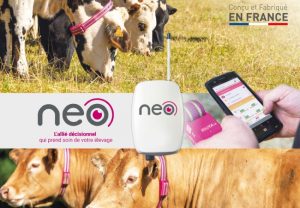
7 novembre 2025, En France, une start-up est à l’origine d’un dispositif intelligent et non invasif, dont le but est d’améliorer la production du lait

L’éleveur porcin en multiplication Sébastien Brishoual (320 truies en production) expérimente l’intelligence artificielle en engraissement pour faire progresser le bien-être de ses animaux. L’intelligence artificielle
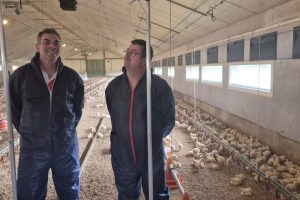
David Labbé, éleveur à Plourivo a participé à l’expérimentation de Gwellit et Agri-food.ai pour la pesée de ses poulets grâce à une caméra et l’intelligence
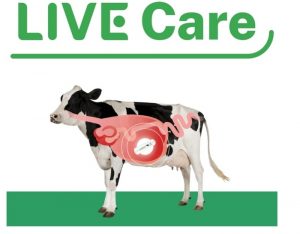
ULike Korea, a digital livestock company, announced on the 12th that it has obtained a U.S. patent from the U.S. Patent and Trademark Office for
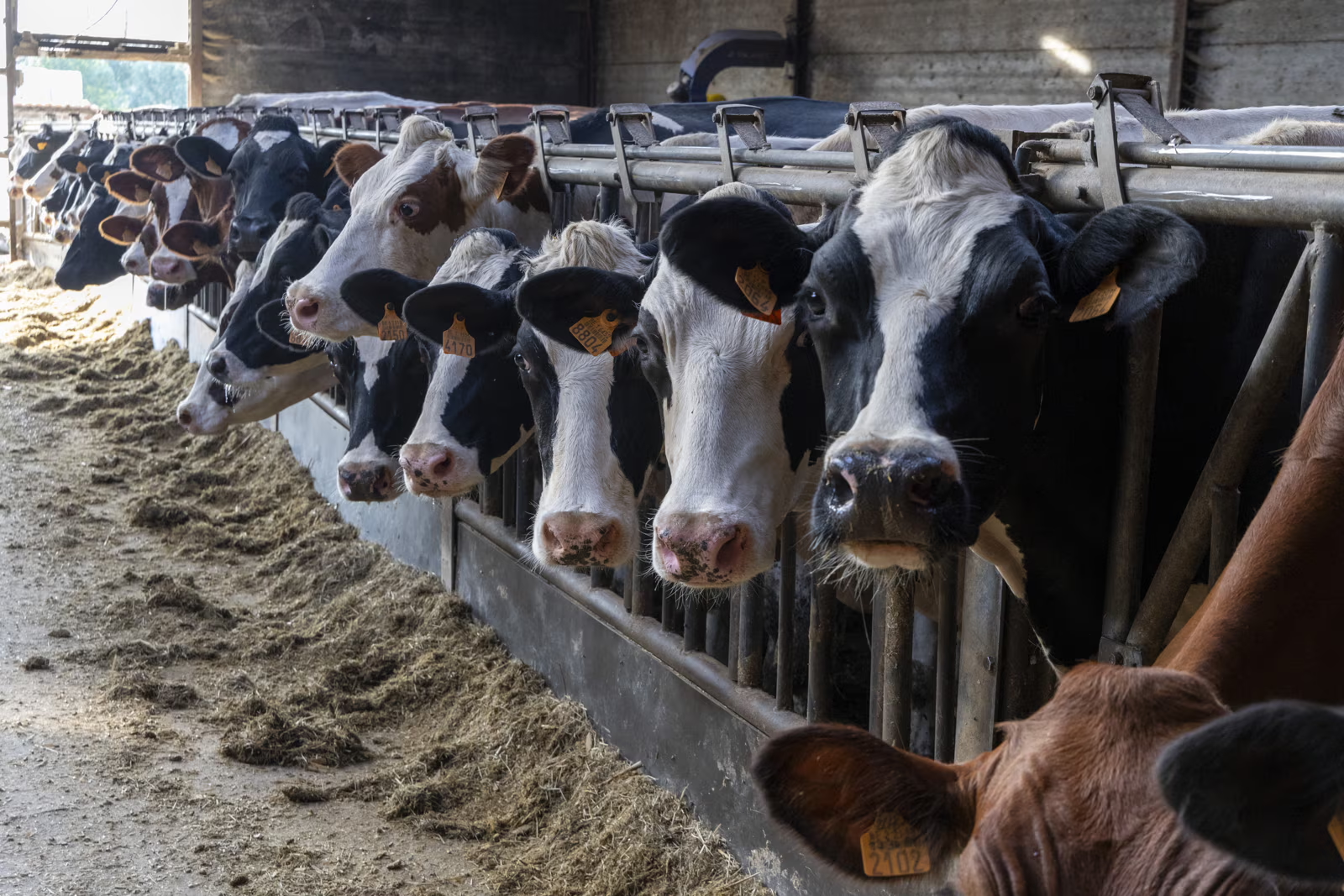
12 September 2025 Artificial intelligence is moving from the lab to the cowshed in Flanders, where researchers are developing tools to monitor cattle health, behaviour

Rafael E.P. Ferreira ∙ João R.R. Dórea Download PDF ABSTRACT This article explores various applications of artificial intelligence (AI) technologies in dairy farming, including the use of

CattleEye est le nouveau système d’intelligence artificielle du constructeur GEA, voulant améliorer le confort des bovins et leur productivité. Une vache en bonne santé est

BovinePlus is a two-leg scale for cattle that utilises artificial intelligence to accurately measure and predict daily live weight gain No longer a futuristic concept,